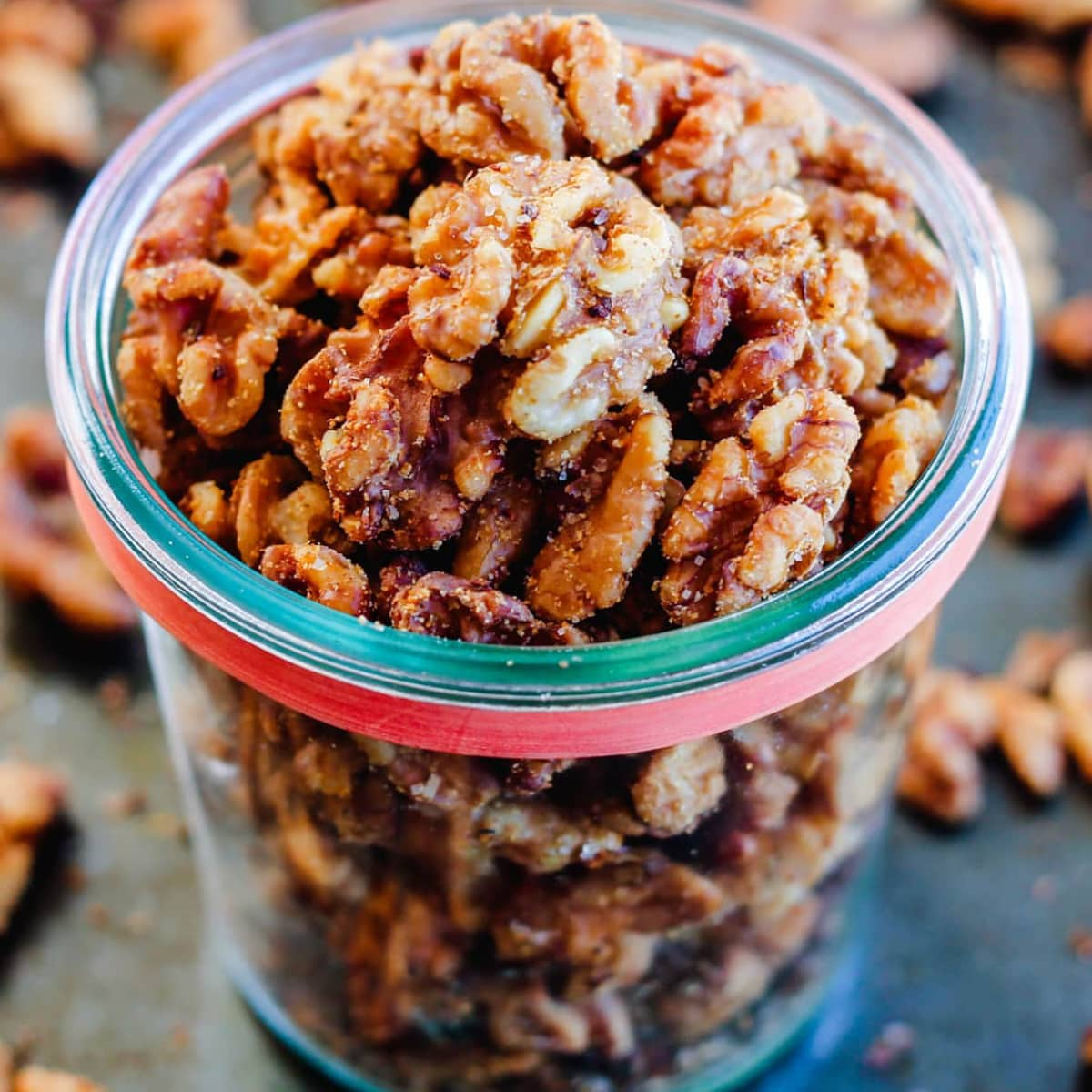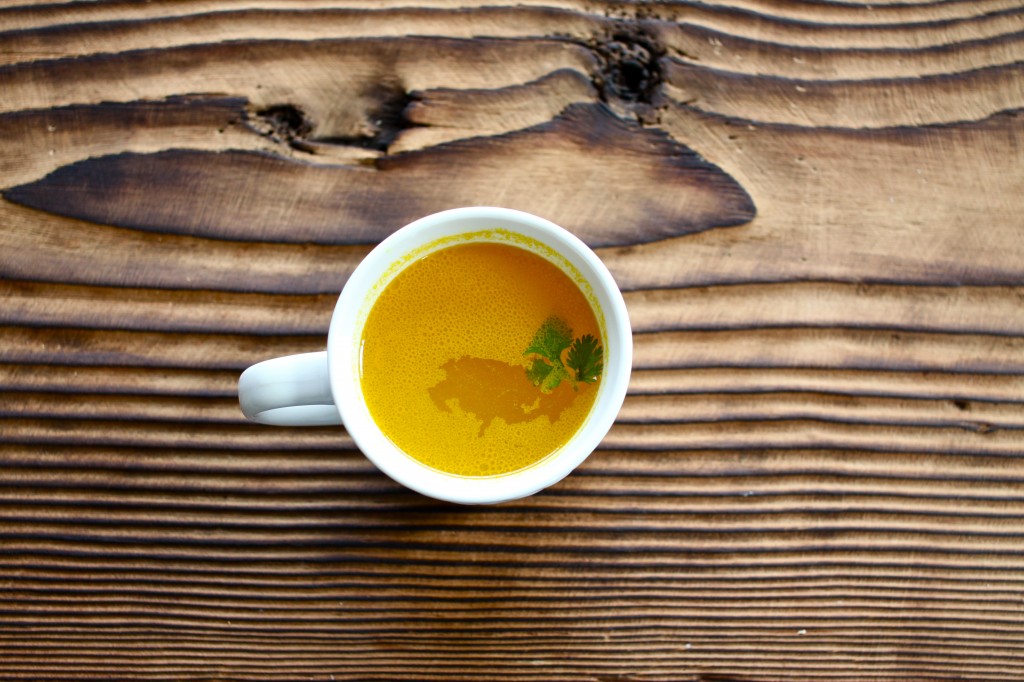Good Morning Everyone!!
We’re beginning week 2 of the Sugar *5* Challenge!!! I know several of you were feeling the effects of cutting back on sugar last week – it’s not easy but it is worth it!! From some of the feedback I’ve received, you’re already starting to feel so much better WITHOUT the sugar!! Keep it up!!! Check these snack options out below. Feel free to share any of your favorites that aren’t on the list.
Have a fantastic Monday!!!
15 Easy and Satisfying Low-Sugar Snacks
1. 3 tablespoons of hummus and a red pepper (sliced)
Calories: 121 calories
Fat: 4 grams
Carbs: 18 grams
Sugars: 7 grams
Protein: 5 grams
2. Vanilla ricotta crème (1/2 cup ricotta cheese, part skim, 1/4 tsp vanilla extract and one teaspoon stevia)
Calories: 170 calories
Fat: 10 grams
Carbs: 6 grams
Sugars: 1 gram
Protein: 14 grams
3. 1 no-bake gluten-free oatmeal energy ball
(Recipe: http://www.livestrong.com/recipes/no-bake-gluten-free-energy-balls/ )
Calories: 145 calories
Fat: 8 grams
Carbs: 16 grams
Sugars: 4 grams
Protein: 4 grams
4. 1 hardboiled egg (sliced) and served with 3 slices of avocado
Calories: 150 calories
Fat: 7 grams
Carbs: 4 grams
Sugars: 1 grams
Protein: 7 grams
5. 1/2 cup of boiled (shelled) organic edamame with sea salt
Calories: 120 calories
Fat: 4 grams
Carbs: 11 grams
Sugars: 5 grams
Protein: 10 grams
6. 3 steamed asparagus spears, each wrapped in a piece of sliced turkey breast and dipped in mustard
Calories: 100 calories
Fat: 2 grams
Carbs: 3 grams
Sugars: 2 grams
Protein: 7 grams
7. 8 cherry tomatoes and 1.5-oz of feta cheese
Calories: 134 calories
Fat: 6 grams
Carbs: 6 grams
Sugars: 5 grams
Protein: 6 grams
8. Sweet potato fries — made from approximately ½ a sweet potato
(Recipe: http://www.livestrong.com/recipes/jess-bees-sweet-potato-fries/ )
Calories: 174 calories
Fat: 9 grams
Carbs: 20 grams
Sugars: 6 grams
Protein: 3 grams
9. 6-oz plain Greek yogurt with 1 tablespoon of natural unsweetened peanut butter mixed in
Calories: 200 calories
Fat: 9 grams
Carbs: 9 grams
Sugars: 6 grams
Protein: 23 grams
10. 2 cups popcorn (avoid microwave popcorn) sprinkled with 1 tablespoon of grated parmesan cheese
Calories: 84 calories
Fat: 2 grams
Carbs: 12 grams
Sugars: 0 grams
Protein: 4 grams
11. 4 tablespoons of guacamole and 5 celery sticks and 5 baby carrots
Calories: 105 calories
Fat: 5 grams
Carbs: 14 grams
Sugars: 7 grams
12. 1/2 cup low-fat (2%) cottage cheese and 1/2 cup sliced strawberries OR 1/4 cup frozen blueberries
Calories: 114 calories
Fat: 1 grams
Carbs: 12 grams
Sugars: 9 grams
Protein: 15 grams
13. 10 baby carrots and 1 tablespoon of almond butter
Calories: 136 calories
Fat: 9 grams
Carbs: 11 grams
Sugars: 6 grams
Protein: 3 grams
14. 1 part skim mozzarella cheese stick and 1/2 sliced pear
Calories: 133 calories
Fat: 6 grams
Carbs: 14 grams
Sugars: 8 grams
Protein: 8 grams
15. 1/2 sliced apple and 1 tablespoon of peanut butter
Calories: 130 calories
Fat: 8 grams
Carbs: 13 grams
Sugars: 8 grams
Protein: 4 grams
http://www.livestrong.com/blog/15-easy-low-sugar-snacks/


































